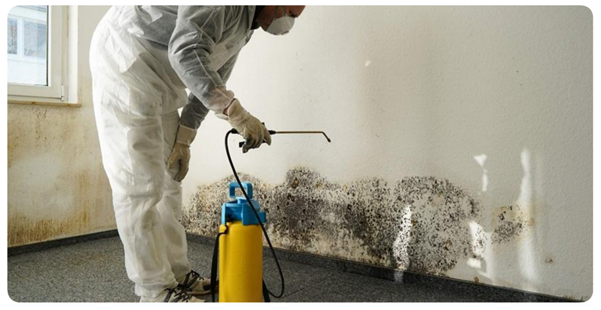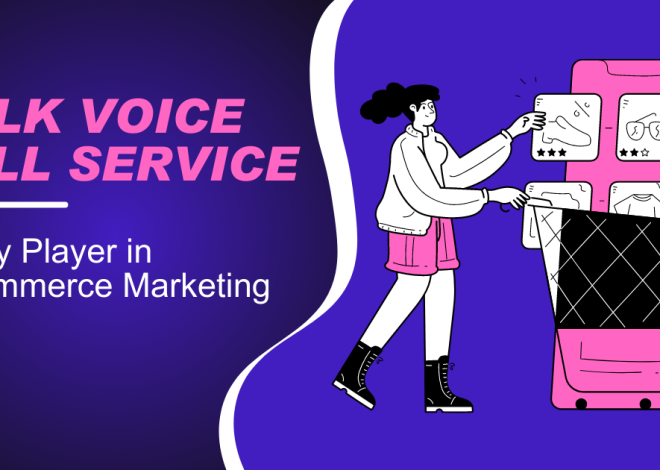Financial Assistance Programs for Mobility Equipment: Exploring Options
Understanding the Need for Mobility Equipment
Mobility equipment, such as wheelchairs, scooters, and walkers, plays a crucial role in enhancing the quality of life for individuals with mobility impairments. These devices provide independence, improve safety, and enable participation in daily activities. However, the cost of such equipment can be prohibitive for many individuals and families, making financial assistance programs essential for those in need.
Government Assistance Programs
Government assistance programs are a significant source of financial aid for mobility equipment. In the United States, Medicare and Medicaid are two primary programs that offer support. Medicare Part B covers durable medical equipment (DME), which includes mobility aids, if deemed medically necessary by a physician. Medicaid, a state and federal program, also provides coverage for mobility equipment, often with more flexibility than Medicare. Each state’s Medicaid program has different eligibility criteria and coverage specifics, so it’s essential to check with local agencies for detailed information.
Non-Profit Organizations and Foundations
Various non-profit organizations and foundations are dedicated to helping individuals obtain mobility equipment. These organizations often provide grants or low-cost equipment to those who qualify. For example, the Muscular Dystrophy Association (MDA) and the Multiple Sclerosis Foundation (MSF) offer financial aid for mobility devices. Additionally, the ALS Association provides support for those living with amyotrophic lateral sclerosis. These organizations typically have specific eligibility requirements, such as a confirmed diagnosis of a related condition, and may require an application process. Explore financial assistance programs for 4-Wheel Mobility Scooters to enhance your independence and mobility.
Insurance Coverage
Health insurance plans, both private and employer-sponsored, often include benefits for durable medical equipment. It’s crucial to review your insurance policy to understand the extent of coverage for mobility aids. Many plans require prior authorization, a doctor’s prescription, and documentation of medical necessity. Understanding the insurance claim process and working closely with healthcare providers can help ensure that the necessary paperwork is in order, facilitating approval and reimbursement.
Veterans’ Programs
Veterans and active-duty military personnel may qualify for mobility equipment through programs offered by the Department of Veterans Affairs (VA). The VA provides a range of services, including the provision of wheelchairs, scooters, and home modifications to improve accessibility. Veterans can access these benefits through VA healthcare facilities, where they can receive assessments and prescriptions for the required equipment. Additionally, organizations like the Wounded Warrior Project offer support and resources for veterans in need of mobility aids.
Community Resources and Charities
Local community resources and charities can also be valuable sources of financial assistance for mobility equipment. Community health centers, independent living centers, and local disability organizations often have programs to help individuals access the equipment they need. Additionally, charities like the Lions Club and Rotary International may offer grants or sponsor fundraising efforts to support those requiring mobility aids. Engaging with local community groups can provide not only financial aid but also a network of support and advocacy.
Crowdfunding and Fundraising
In recent years, crowdfunding has become a popular way to raise funds for mobility equipment. Platforms like GoFundMe, Kickstarter, and Indiegogo allow individuals to create fundraising campaigns to solicit donations from friends, family, and the broader community. While crowdfunding can be an effective way to gather financial support, it requires effort in creating and promoting the campaign. Sharing personal stories and connecting with potential donors can significantly increase the chances of reaching fundraising goals.
Conclusion
Accessing mobility equipment is essential for individuals with mobility impairments, but the associated costs can be challenging. Fortunately, a variety of financial assistance programs exist, including government aid, non-profit organizations, insurance coverage, veterans’ programs, community resources, and crowdfunding. Exploring these options and understanding the application processes can help individuals and families secure the necessary equipment to improve their quality of life and independence.
FAQs
· What government programs are available for financial assistance with mobility equipment?
Medicare and Medicaid are primary government programs in the United States that provide coverage for durable medical equipment, including mobility aids. Eligibility and coverage details vary, so it’s important to consult with local agencies.
· Can non-profit organizations help with obtaining mobility equipment?
Yes, several non-profit organizations and foundations offer financial assistance, grants, or low-cost mobility equipment to those who qualify. Examples include the Muscular Dystrophy Association, Multiple Sclerosis Foundation, and ALS Association.
· Does health insurance cover the cost of mobility equipment?
Many health insurance plans, including private and employer-sponsored plans, cover durable medical equipment. It’s important to review your policy for specifics and ensure you have the necessary documentation and prior authorization.
· What options are available for veterans needing mobility equipment?
The Department of Veterans Affairs (VA) provides a range of mobility equipment for veterans and active-duty military personnel. Programs include assessments, prescriptions, and provision of wheelchairs, scooters, and home modifications.
· How can crowdfunding help in raising funds for mobility equipment?
Crowdfunding platforms like GoFundMe allow individuals to create campaigns to raise money for mobility equipment. Sharing personal stories and promoting the campaign can help attract donations from a wide audience, making it a viable option for many.



